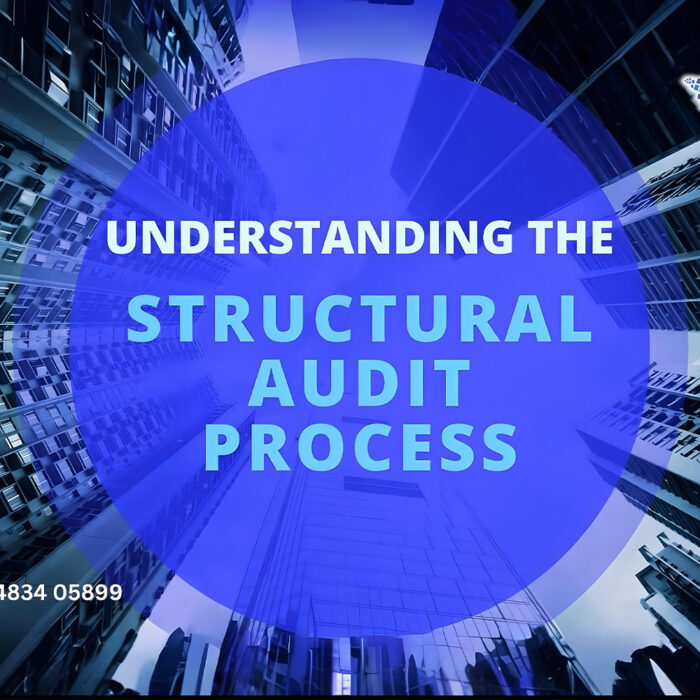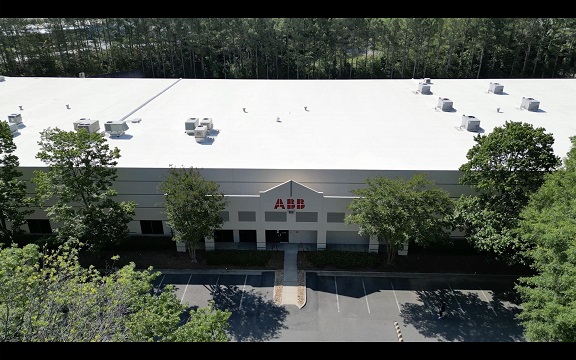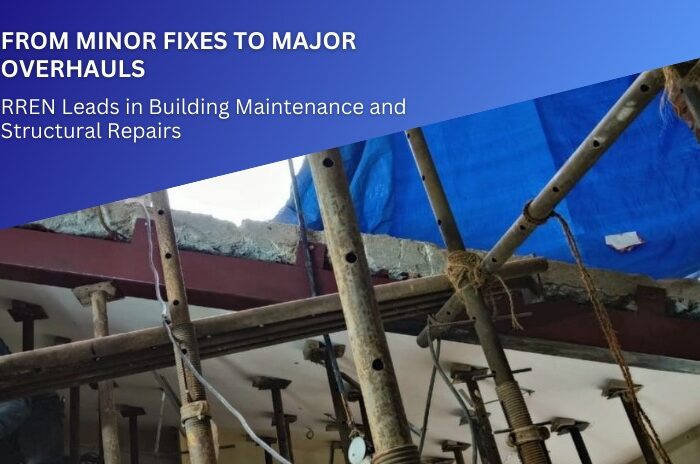Understanding the Structural Audit Process : What to Expect?
As a property owner, maintaining the safety and integrity of your building is paramount. One essential process in ensuring this, is the structural audit of building, which evaluates the health and safety of a structure. Whether you’re managing a residential building, commercial property, or industrial facility, understanding what to expect during a structural audit can help you prepare and appreciate the benefits it offers
What is a Structural Audit?
A structural audit of building is a comprehensive examination of a building’s structural elements to assess its condition and identify any issues that may compromise safety and stability. This process involves a detailed inspection by qualified structural engineers who evaluate various components, including, columns, beams, slabs, walls, and other load-bearing structures. The goal is to detect any signs of deterioration, damage, or potential hazards.
Step-by-Step Guide to the Structural Audit Process
1. Pre-Audit Preparation
a. Initial Consultation: The process begins with an initial consultation between the property owner and the structural consultancy firm. This meeting establishes the scope of the audit, discusses any known concerns, and outlines the process.
b. Document Review: The auditors review available documentation related to the building, such as architectural plans, previous inspection reports, structural design documents e.g structural drawings, design brief reports, soil investigation reports, structural analysis models etc., and any history of renovations or repairs. In case of very old buildings where structural documents/drawings etc are not available the auditors also enter into detailed desktop analysis where the required documents/as-built drawings etc are prepared to carry on with the study.
2. On-Site Inspection
a. Visual Inspection: The audit team conducts a thorough visual inspection of the building. This involves examining all accessible areas, including the exterior and interior, to identify visible signs of wear and tear, cracks, water damage, corrosion, or other structural issues.
b. Non-Destructive Testing (NDT): To assess the condition of structural elements without causing damage, auditors may use non-destructive testing methods such as ultrasonic pulse velocity, rebound hammer test, half-cell potential test and re-bar scanning etc. These techniques help detect internal defects, material degradation, and hidden flaws.
c. Destructive Testing (if necessary): In some cases, destructive testing may be required to obtain detailed information about the material properties and structural integrity. This could involve taking core samples or removing small sections for laboratory analysis.
3. Data Analysis and Reporting
a. Data Collection and Analysis: The data collected from the inspection and testing are analyzed to evaluate the building’s overall structural health. Engineers assess the load-bearing capacity, stability, and potential risks associated with the structure.
b. Report Preparation: A comprehensive report is prepared, detailing the findings of the audit. This report includes descriptions of any issues identified, the severity of these issues, and recommendations for corrective actions. It may also include cost estimates for repairs or maintenance.
4. Presentation and Discussion
a. Report Presentation: The audit team presents the findings to the property owner or management team. This presentation includes a detailed explanation of the issues discovered, potential risks, and recommended solutions.
b. Discussion and Planning: The property owner and the consultancy firm discuss the next steps, including prioritizing repairs, maintenance schedules, and budgeting for the recommended actions.











